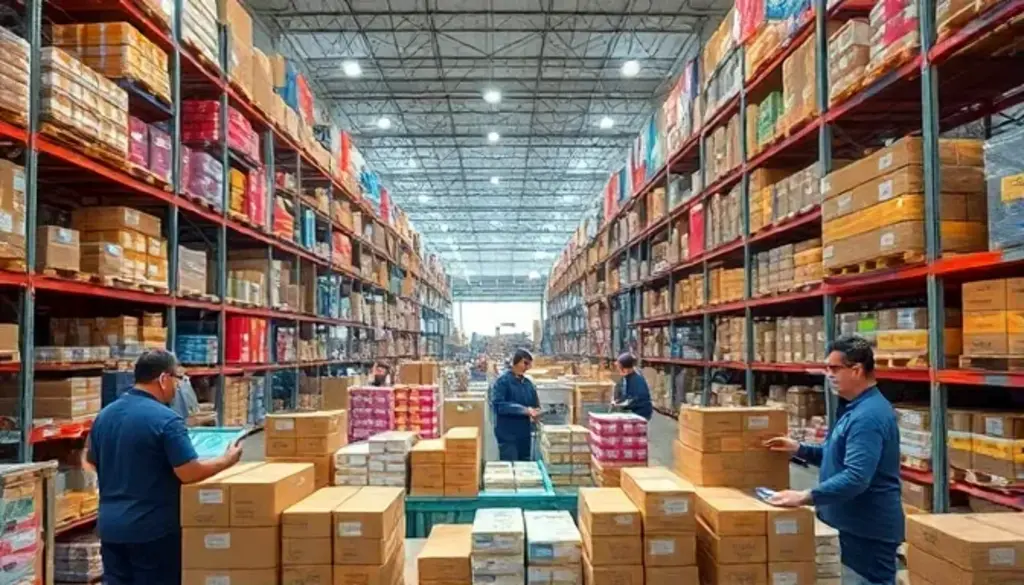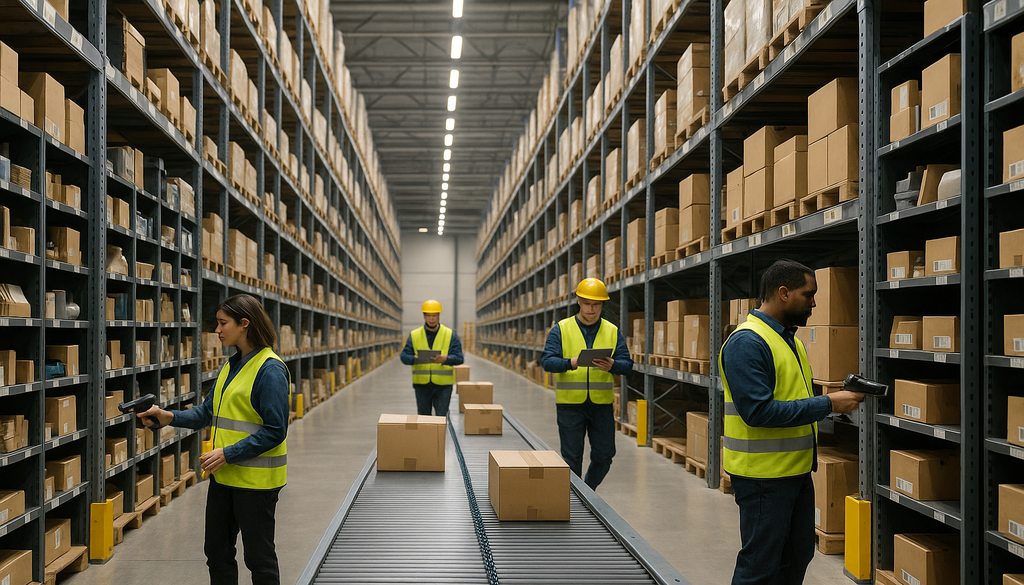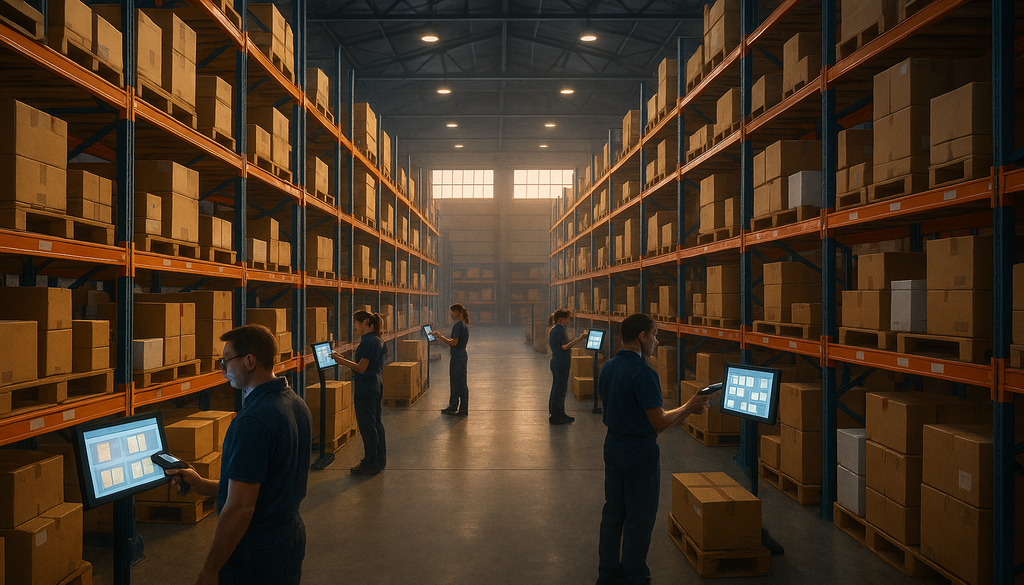Understanding the Impact of Tariffs on Warehouse Operations and Costs
In the ever-evolving landscape of global trade, tariffs have become a significant factor influencing warehouse operations and logistics costs. As international trade policies fluctuate, supply chain and logistics professionals must navigate the complexities these changes bring. This blog post explores how tariffs impact warehouse operations, contributing to cost variations and necessitating strategic adjustments. By understanding these dynamics, industry professionals can better manage their warehousing strategies amidst the challenges posed by tariffs.
Overview of Tariffs and Their Direct Impact on Warehouse Operations
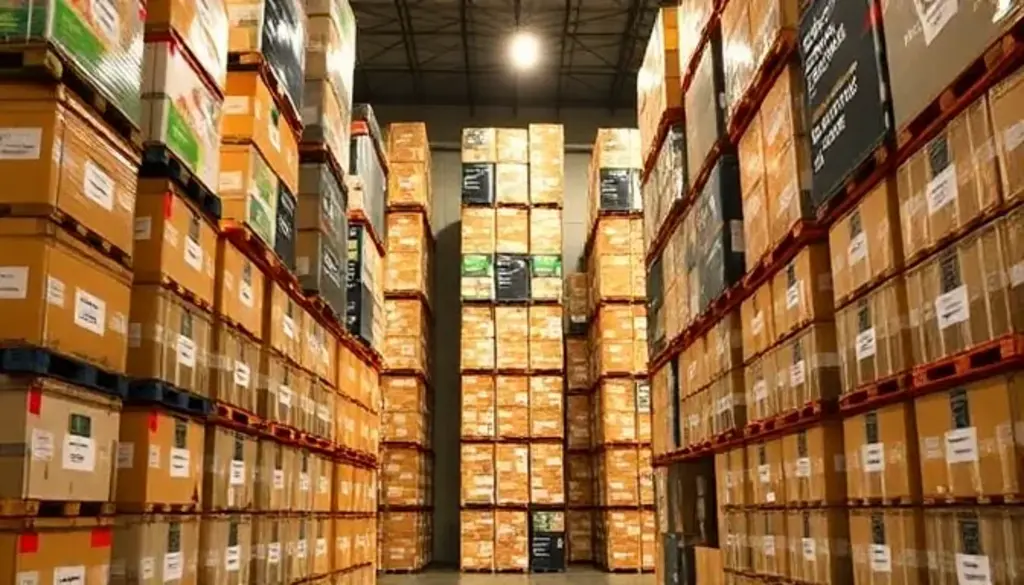
Tariffs are taxes imposed by governments on imported goods, serving as a tool to regulate trade between countries. They are designed to protect domestic industries from foreign competition, generate revenue, and sometimes retaliate against trade practices deemed unfair. However, the imposition of tariffs can have immediate and far-reaching effects on warehouse operations and logistics costs.
When tariffs are applied, the cost of imported goods increases, leading to a ripple effect throughout the supply chain. Warehouses may experience increased storage costs as businesses stockpile goods to avoid higher future tariffs. Additionally, tariffs can lead to delays in the supply chain, as goods are held up at customs, requiring warehouses to adjust their operations to accommodate these disruptions. This can result in increased labor costs, as more staff may be needed to manage the influx of goods and ensure efficient operations.
Analyzing Warehouse Cost Increases Due to Tariffs
The financial impact of tariffs on warehouse operations is multifaceted. One of the primary ways tariffs contribute to increased operational costs is through the need for additional storage space. As companies anticipate higher tariffs, they may choose to import larger quantities of goods to avoid future cost increases, leading to a demand for more warehouse space. This demand can drive up rental prices and necessitate investments in expanding existing facilities or acquiring new ones.
Case studies from recent years illustrate the significant cost impacts of tariffs. For example, during the U.S.-China trade tensions, many American companies faced increased costs as tariffs were imposed on a wide range of goods. This led to a surge in demand for warehouse space, particularly in regions close to major ports. The increased demand resulted in higher rental rates and operational costs for warehouse operators, who had to adjust their pricing strategies to remain competitive.
Strategic Adjustments in Warehousing Due to Trade Tariffs

To mitigate the impact of tariffs, warehouses must adapt their operations and develop strategic plans. One effective strategy is to diversify suppliers, reducing reliance on goods from countries subject to high tariffs. By sourcing products from multiple regions, companies can minimize the risk of supply chain disruptions and manage costs more effectively.
Inventory management also plays a crucial role in adapting to tariff conditions. Warehouses can implement just-in-time (JIT) inventory systems to reduce the need for large stockpiles, thereby minimizing storage costs. Additionally, investing in advanced inventory management technologies can enhance accuracy and efficiency, allowing warehouses to respond swiftly to changes in tariff policies.
Navigating Supply Chain Disruptions from Tariffs
Tariffs can cause significant disruptions in the supply chain, necessitating proactive risk management strategies. Identifying potential risks associated with tariff-related disruptions is crucial for maintaining supply chain efficiency. Warehouses can conduct thorough risk assessments to understand the potential impact of tariffs on their operations and develop contingency plans to address these challenges.
Techniques for maintaining supply chain efficiency despite international trade uncertainties include establishing strong relationships with logistics partners and investing in technology to enhance visibility across the supply chain. By leveraging data analytics and real-time tracking systems, warehouses can monitor the movement of goods and quickly identify any disruptions, allowing for timely interventions and adjustments.
The Role of Customs Duties in Warehousing and Inventory Management
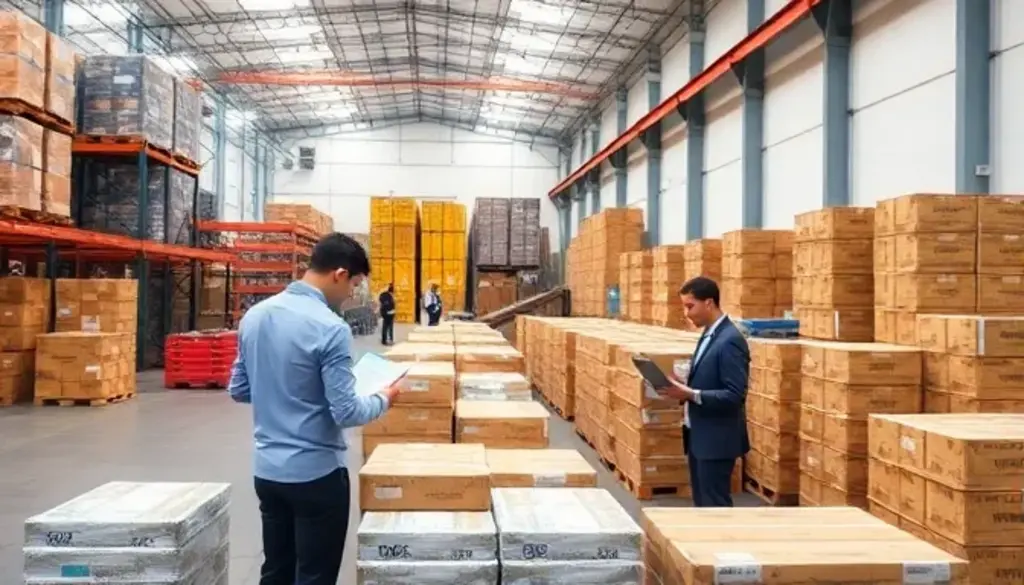
Customs duties, like tariffs, can significantly affect warehousing strategies. These duties are taxes imposed on goods as they enter or leave a country, impacting the cost of imported and exported goods. Warehouses must account for customs duties when planning their operations, as these costs can influence inventory levels and storage requirements.
Best practices for managing inventory and logistics in a tariff-imposed environment include maintaining accurate records of all imported goods and ensuring compliance with customs regulations. Warehouses can also benefit from working closely with customs brokers to streamline the clearance process and minimize delays. By staying informed about changes in customs duties and regulations, warehouses can adapt their strategies to maintain operational efficiency and cost-effectiveness.
Future Outlook: International Trade Warehouse Planning Amidst Tariffs
Looking ahead, the landscape of international trade is likely to remain dynamic, with tariffs continuing to play a significant role. To prepare for future tariff implementations, warehouses should focus on developing long-term strategies that enhance their resilience and adaptability. This includes investing in technology to improve operational efficiency, diversifying supply chains to reduce dependency on specific markets, and building flexibility into warehouse operations to accommodate changes in trade policies.
Predictions for the future suggest that tariffs will continue to be used as a tool for regulating international trade, with potential implications for global supply chains. By staying informed about geopolitical developments and trade negotiations, warehouse managers can anticipate changes and adjust their strategies accordingly. This proactive approach will enable them to navigate the challenges posed by tariffs and maintain a competitive edge in the global market.
Conclusion
In conclusion, tariffs have a profound impact on warehouse operations and logistics costs, necessitating strategic adjustments and proactive planning. By understanding the complexities of tariffs and their effects on the supply chain, warehouse managers and supply chain professionals can better navigate the challenges posed by fluctuating international trade policies. By implementing effective strategies and leveraging technology, they can ensure operational efficiency and cost-effectiveness in an ever-changing global trade environment.
Frequently Asked Questions (FAQ)
Q1: How can warehouses minimize the financial impact of tariffs?
A1: Warehouses can minimize the financial impact of tariffs by diversifying their supplier base to reduce dependency on high-tariff regions. Additionally, increasing inventory accuracy through advanced management systems and optimizing storage and retrieval processes can help reduce operational costs. Implementing just-in-time inventory practices can also minimize the need for large stockpiles, further mitigating cost increases.
Q2: What are the common challenges faced by warehouses due to tariffs?
A2: Common challenges faced by warehouses due to tariffs include increased operational costs, supply chain disruptions, and the need for constant adjustments to warehousing strategies. Tariffs can lead to higher storage costs, delays in the supply chain, and the necessity for additional labor to manage increased inventory levels. Warehouses must also navigate complex customs regulations and duties, adding to the operational burden.
Q3: How do tariffs affect international supply chain relationships?
A3: Tariffs can strain international supply chain relationships by increasing costs and creating uncertainties in trade agreements. They may lead to renegotiations of supply contracts and necessitate more robust risk management strategies. Companies may also seek to diversify their supplier base to mitigate the impact of tariffs, potentially altering long-standing partnerships and requiring new relationship-building efforts.
Q4: Are there any technological solutions that help manage warehouse operations under tariff conditions?
A4: Yes, technological solutions such as warehouse management systems (WMS) and advanced analytics can significantly aid in managing warehouse operations under tariff conditions. These technologies enhance inventory accuracy, optimize storage and retrieval processes, and provide real-time visibility into supply chain operations. Additionally, data analytics can help forecast the impacts of tariffs and inform strategic decision-making.
Q5: What should warehouse managers prioritize when planning for potential future tariffs?
A5: Warehouse managers should prioritize flexibility in supply chain design, robust risk assessment procedures, and ongoing education about international trade regulations when planning for potential future tariffs. Building a resilient supply chain that can quickly adapt to changes in trade policies is crucial. Managers should also invest in technology to enhance operational efficiency and maintain strong relationships with logistics partners to ensure smooth operations amidst tariff challenges.

